Remember when life didn’t revolve around your iPhone? Yes, we know it’s hard to imagine. But before cell phones dominated our existence, we navigated the world in a way that feels almost nostalgic now. Let’s take a stroll down memory lane and revisit 15 things we used to do and enjoy before cell phones changed everything.
1. We Wrote Handwritten Letters

Before instant messaging became the norm, we wrote handwritten letters and posted them. It was not just a quick LOL or emoji; we wrote heartfelt words in messy handwriting. The thrill of finding a handwritten note in your mailbox is lost on this new generation. Letters had weight, meaning, and a personal touch that digital texts can’t capture or replace.
2. We Memorized Phone Numbers
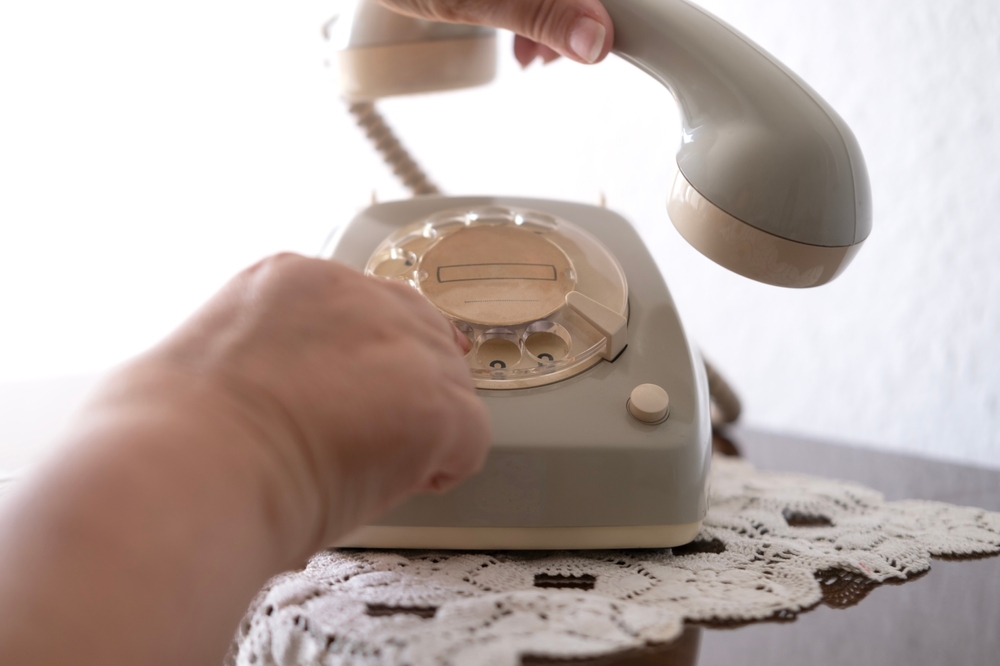
Ironically, we don’t even know our closest contacts’ phone numbers by heart. Back when phones had rotary dials and buttons, memorizing phone numbers was a necessity. You didn’t have your contact list stored or available at your fingertips; you relied on your brain. There was something about committing numbers to memory that made us more connected to our friends and even a little mentally sharper.
3. We Used Public Payphones
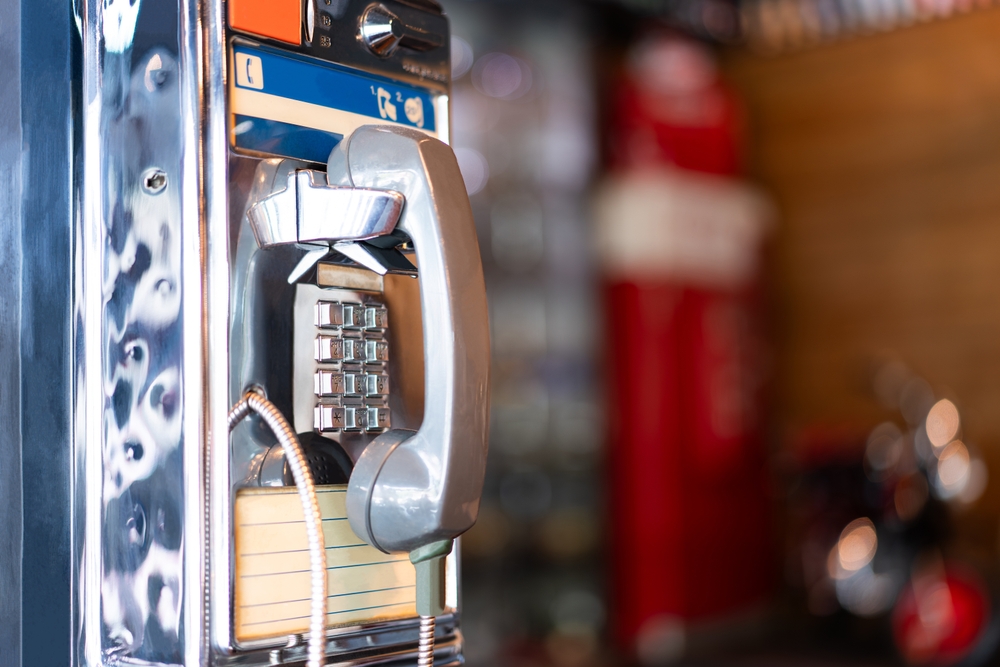
Before we carried mobile phones everywhere, pay phones were our lifelines when we were out and about. We had to scramble for coins to call our parents to pick us up and prayed they’d pick up. Each call had a sense of urgency and importance, as you were literally stranded if the other person wasn’t home. Today, payphones stand as relics of a bygone era (or they’ve been permanently removed). Now, we barely even talk on the phone; we just shoot a text to make plans.
4. We Had Our Photos Printed
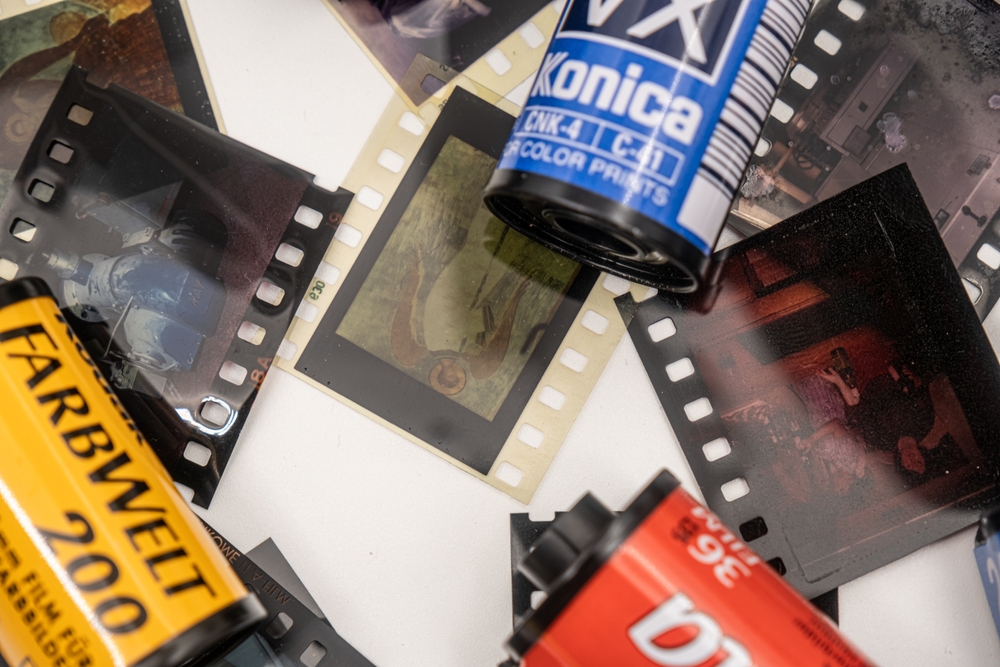
Long before the iPhone, we had a camera, took photos intentionally, and then took the film to the photo place to be developed. Unless it was a one-hour photo, we had to wait for days to get our snaps back, and you never really knew what to expect. Each photo contained a precious memory, and they were destined for the photo album, not Instagram. Selfies weren’t even a thing, and there was no risk that our treasured memories would become lost to the cloud forever.
5. We Used a Physical Planner
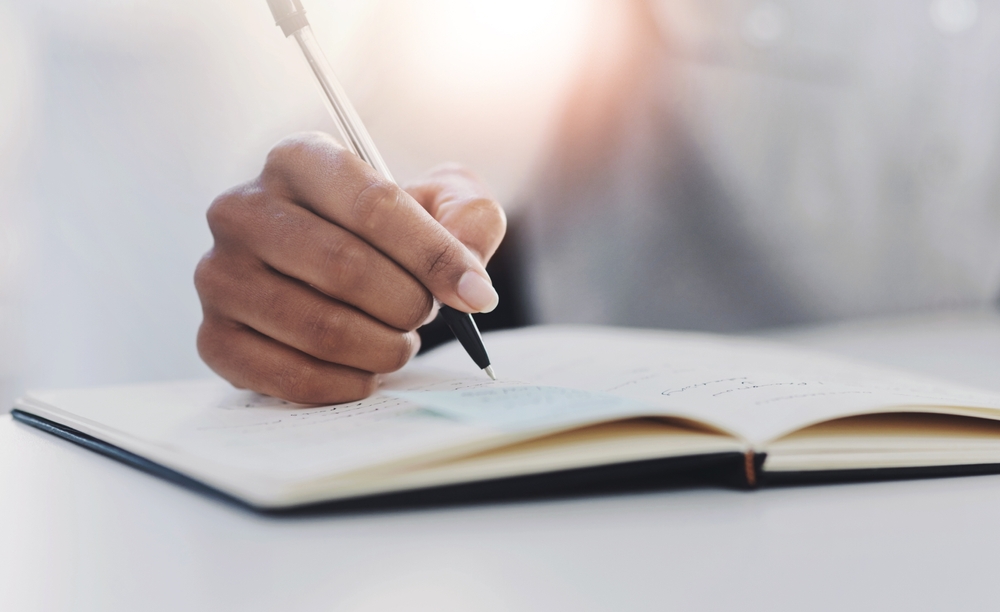
Before we had digital calendars to juggle our schedules and manage our every waking moment, physical planners and wall calendars were our go-to. There was something satisfying about jotting down appointments and flipping through pages to see upcoming events. We made plans, then had to remember them or risk missing out or not turning up. Now, our schedules are buried in our phones, often cluttered and impersonal and filled with meetings and events planned by others.
6. We Studied Physical Maps

Before the iPhone and Google Maps, physical paper maps were the cornerstone of navigation. We’d unfold a creased, cumbersome map, trace routes with our fingers, and try to navigate our way around. The skill of reading a map was almost like a rite of passage, not to mention maddening at times. Today, GPS apps show us the way, and we rely so much on them that we’ve lost our sense of direction and ability to think for ourselves.
7. We Listened to Radio Shows
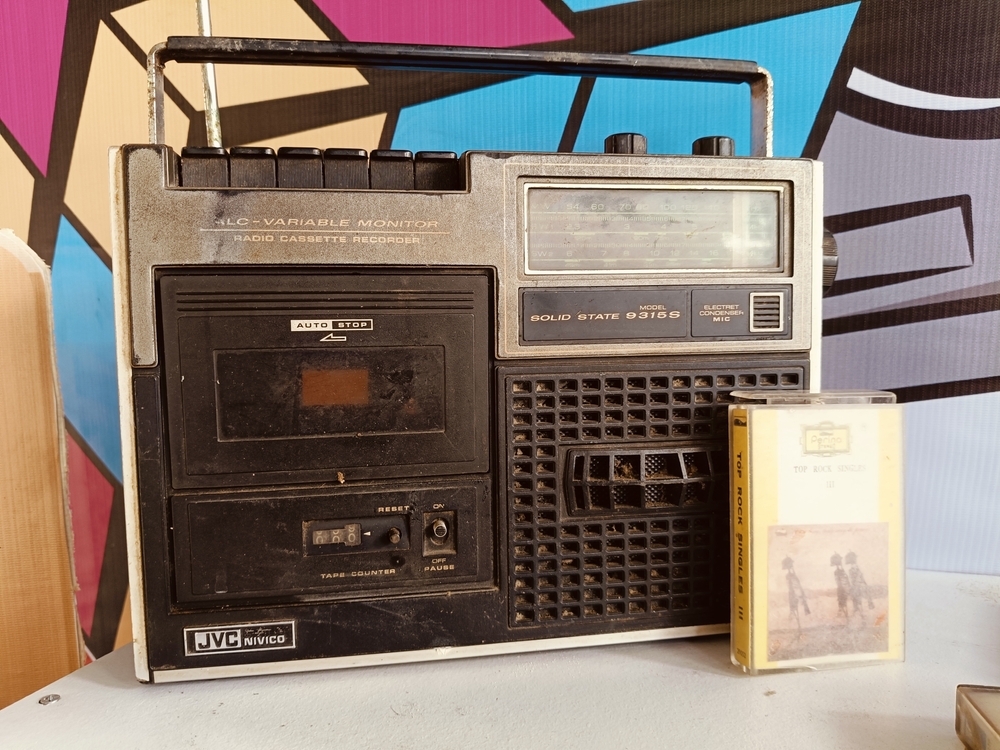
Radio shows were once our podcasts, and we also tuned in to listen to the news, learn the weather report, and rock out to our favorite bands. The spontaneity of radio—tuning in to hear your favorite DJ or the thrill of catching the latest hit song—was pure joy, and we spent hours in our bedroom listening. The radio host felt like a close friend, and we loved listening to the random people who called in to request songs and express their opinions. We miss the charm of the radio among today’s endless streaming services with never-ending podcasts.
8. We Connected With People IRL

The iPhone might have given us constant connectivity, but we’re more disconnected than ever. Back in the day, we made time to hang out, talk to people, and engage in physical activities. There was a sense of community and peace from not being constantly contactable. Now, our routines are interrupted by digital notifications. We spend our time doom scrolling on social media and interacting with friends virtually, sometimes when they’re sitting right next to us.
9. We Played Outside

As children, we spent entire days playing outside—biking, climbing trees, or hanging out with friends. There was a sense of freedom and adventure, and it was great to be outside in nature. Today outdoor play often takes a backseat to screen time, and kids are glued to their phones snapping their friends instead of engaging with them. Validation now comes from social media likes, and for today’s kids, the idea of physical activity and the creativity of outdoor play isn’t even appealing.
10. We Relied on the Dictionary and Encyclopedias

Doing homework and researching a project meant cracking open a physical dictionary or encyclopedia set. They were big and bulky and time-consuming but engaging and satisfying. You had to dig through pages, which made learning feel like an important task; you were like a professor searching for answers. Today, we use Google to search for everything and expect instant answers, often skimming rather than truly absorbing information. And don’t even get us started on AI.
11. We Chatted for Hours

Without the constant pings of incoming texts or notifications, conversations used to flow uninterrupted and happen either on a landline or face-to-face. We were present and fully engaged in the moment. Now, people glance at their phones and get distracted during conversations or important meetings. Forming strong friendships and having meaningful conversations feel like they are under threat of extinction.
12. We Used Sticky Notes
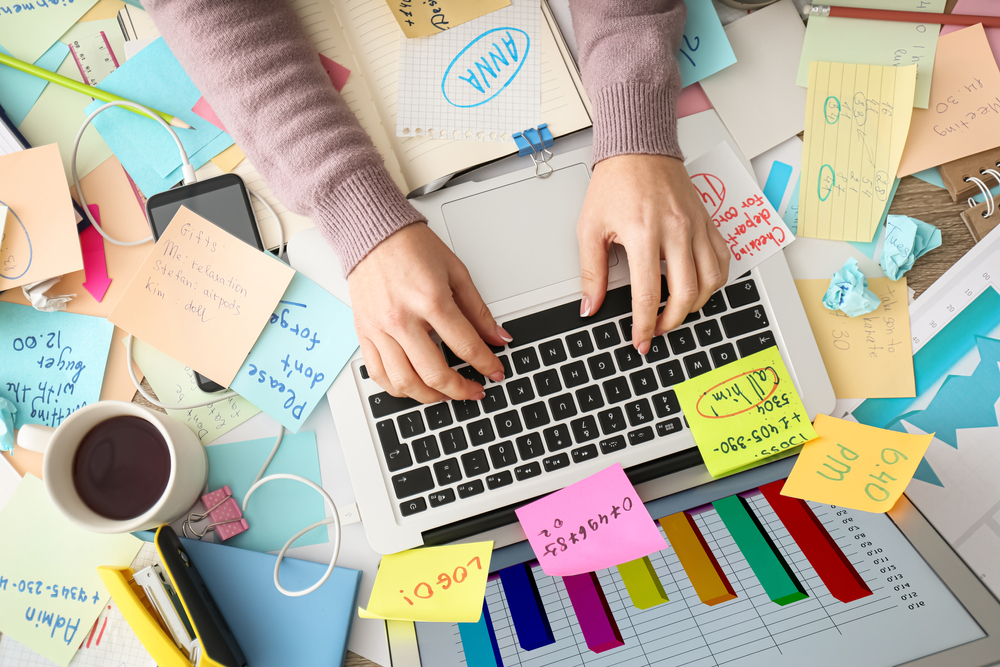
Sticky notes, to-do lists, and handwritten reminders were our go-to tools to stay organized and remember tasks and dates. They cluttered desks and fridges, providing constant, physical reminders of what needed to be done. Today, we’ve become so reliant on technology to manage our lives that everything is done on a Google Doc or in notes.
13. We Read Books and Magazines

Before e-readers, tablets, and getting your news on social media, we read books and magazines, and there was a tactile pleasure in turning the pages and the smell of fresh print. Digital reading lacks that sensory experience and feels less immersive, personal, and relaxing. Reading a book was an event and a source of downtime; it wasn’t just a swipe.
14. We Made Spontaneous Plans

Making planning used to be fun and spontaneous. You’d decide to meet up with friends, figure out a time and place, turn up, and go with the flow. Today, we plan with almost military precision; we are overcommitted, and our digital apps have robbed us of a sense of spontaneity and fun. The ease of coordinating everything digitally has made real-life interactions feel like a lost art.
15. We Went About Our Day in Peace

Back in the day, the idea of time management was more about focus and discipline. When we didn’t have cell phones to tell us what to do and where to be, we happily engaged in tasks or hobbies without the interruption of text, social media notifications, and diary reminders. Now, constant pings and alerts divert our attention, making it harder to stay on task and causing our stress levels to rise. We are always on, and it makes us yearn for simpler days when you were free to do what you wanted, and time seemed like it stretched on forever.




